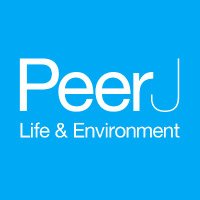Freshwater sponge hosts and their green algae symbionts: a tractable model to understand intracellular symbiosis
This article has been Reviewed by the following groups
Discuss this preprint
Start a discussion What are Sciety discussions?Listed in
- Evaluated articles (PeerJ)
Abstract
In many freshwater habitats, green algae form intracellular symbioses with a variety of heterotrophic host taxa including several species of freshwater sponge. These sponges perform important ecological roles in their habitats, and the poriferan:green algae partnerships offers unique opportunities to study the evolutionary origins and ecological persistence of endosymbioses. We examined the association between Ephydatia muelleri and its chlorophyte partner to identify features of host cellular and genetic responses to the presence of intracellular algal partners. Chlorella- like green algal symbionts were isolated from field-collected adult E. muelleri tissue harboring algae. The sponge-derived algae were successfully cultured and subsequently used to reinfect aposymbiotic E. muelleri tissue. We used confocal microscopy to follow the fate of the sponge-derived algae after inoculating algae-free E. muelleri grown from gemmules to show temporal patterns of symbiont location within host tissue. We also infected aposymbiotic E. muelleri with sponge-derived algae, and performed RNASeq to study differential expression patterns in the host relative to symbiotic states. We compare and contrast our findings with work in other systems (e.g., endosymbiotic Hydra ) to explore possible conserved evolutionary pathways that may lead to stable mutualistic endosymbioses. Our work demonstrates that freshwater sponges offer many tractable qualities to study features of intracellular occupancy and thus meet criteria desired for a model system.

